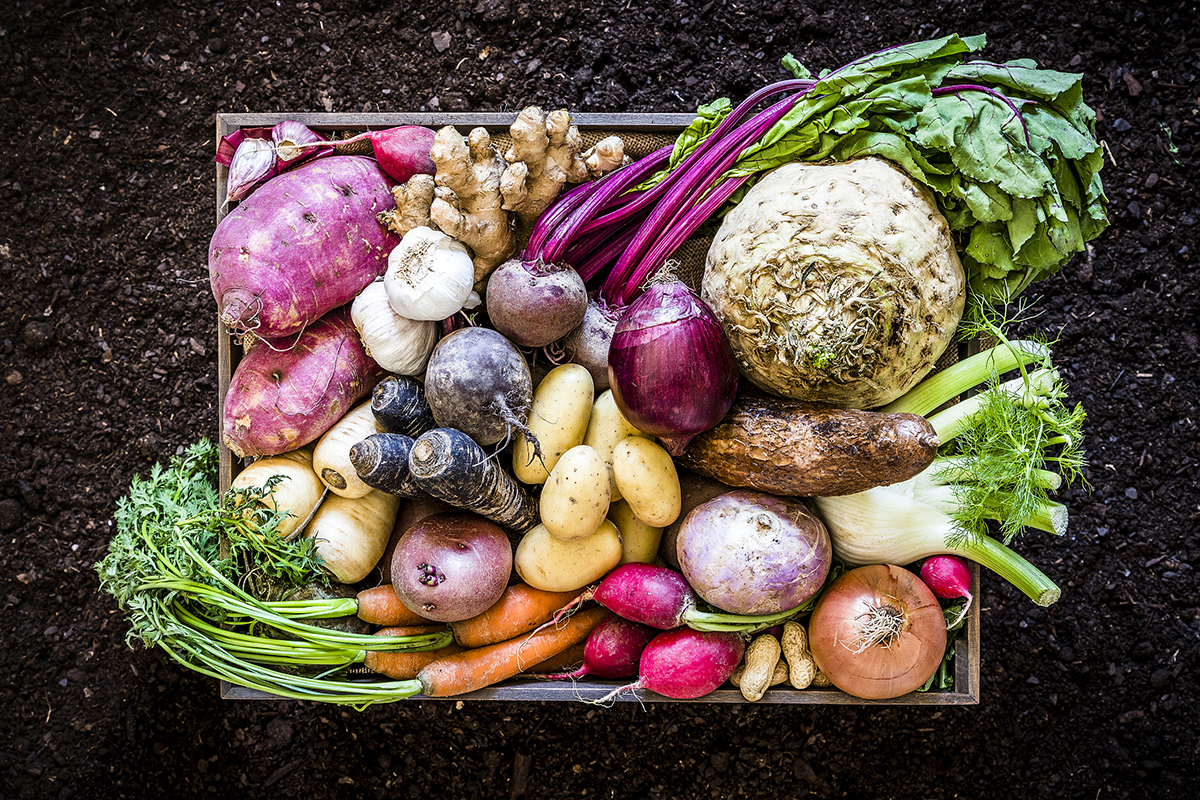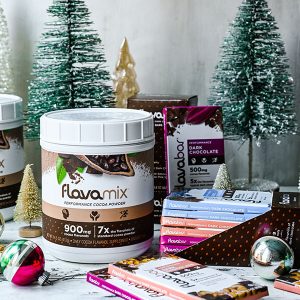March is National Nutrition Month and, needless to say, good nutritious food is essential to a healthy life. Remember that when it comes to animal protein, we eat what our food eats. But it needs to go further than that: The animals and produce we eat are only as healthy as the soil that nurtures them. Soil health is critical.
Conventional industrial farming practices, whose objectives are high yields, use synthetic fertilizers, pesticides, herbicides, and tilling practices which deplete soil of nutrients and microbial diversity. The nutritional value of our fruits and vegetables today is as much as 40 percent lower than it was 70 years ago. Remember, we are a part of Nature and just like our concern for our own gut health and microbiome, soil, which has its own microbiome, needs to be tended to as well.
Much like the federally regulated organic label that we see on our groceries, some farm and food activists would like to see an official “soil health” label. This doesn’t exist yet, but here are some tips to do your own detective work in finding good food from good soil:
- Buy organic and/or regenerative organic (more on regenerative farming here and here). Yes, it may cost more, but paying a little extra for organic will reduce exposure to most pesticides, herbicides (like glyphosate), and fertilizer residues, not to mention GMO crops and antibiotics in meat. Look for the regenerative organic label which is a new nongovernment certification ensuring food is free of toxins and comes from regenerative farmers.
- Buy local at your farmer’s market and ask the farmers about their practices. Do they till? Do they use synthetic chemicals? Ask if they have animals on their farm (a terrific source of natural fertilizer!).
- Buy pastured eggs, meat, and dairy, because they likely come from landscapes with healthy soil. The animals eat well and so do we.
- Don’t be afraid of ‘ugly’ produce. Did you know blemishes on produce, like a bug hole or bruise, upregulate phytonutrients in it to repair and protect itself? It’s healthier produce!
- Grow your own produce starting with healthy soil. Your local university extension is a great resource for advice on creating your own healthy soil ecosystem.
To your health!
Leyla Muedin, MS, RD, CDN







